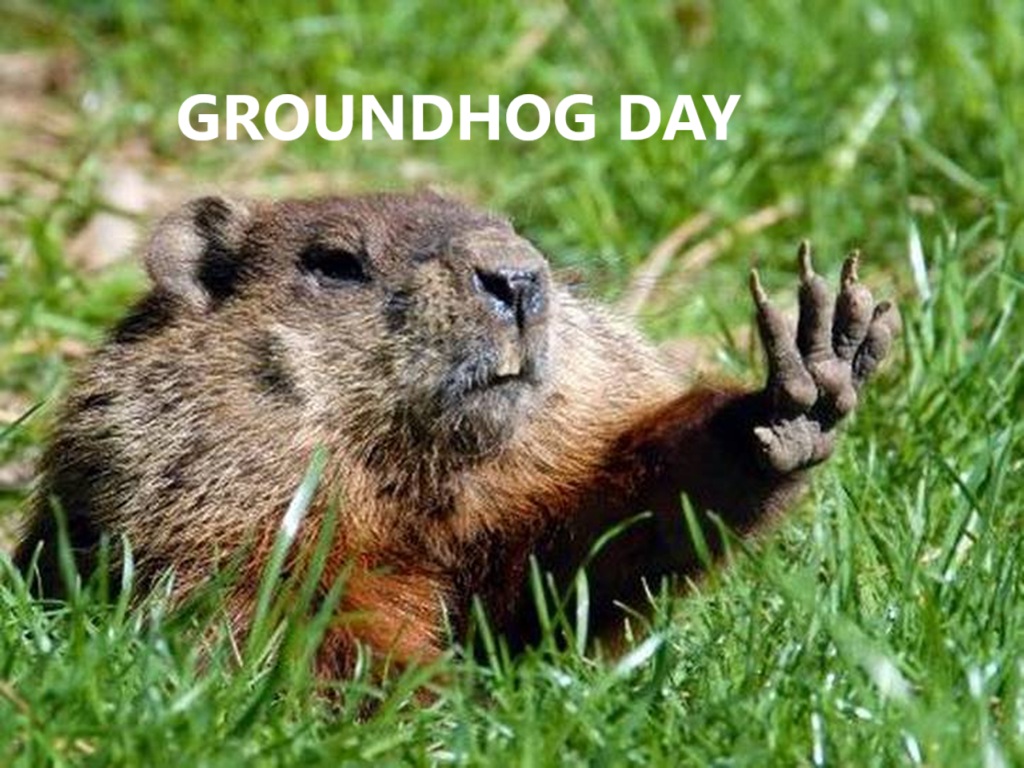News
Groundhog Day 2025: The Difference Between Canada and the USA

Groundhog Day has become more than just a quirky weather tradition. Celebrated every February 2, it’s a day when people in the U.S. and Canada wait to hear if their local groundhog (or another animal) predicts six more weeks of winter or early spring.
While the occasion may seem similar across borders, the U.S. and Canada celebrate it in distinct ways thanks to unique traditions, locations, and history. Let’s break down the main differences between Groundhog Day in the two countries.
The Groundhogs: Different Names, Same Job
In the United States, Punxsutawney Phil is the star of Groundhog Day. Hailing from Punxsutawney, Pennsylvania, Phil has been making predictions since 1886. His status as the “original” weather-prognosticating groundhog gives him legendary fame, and the event in Punxsutawney attracts thousands of visitors yearly. Other U.S. groundhogs, like Staten Island Chuck (New York) and Buckeye Chuck (Ohio), also make predictions, but none rival Phil’s superstardom.
In Canada, the groundhog scene is a bit more diverse. Wiarton Willie, based in Wiarton, Ontario, is the country’s most iconic groundhog, with his tradition dating back to 1956. Other Canadian groundhogs include Shubenacadie Sam in Nova Scotia and Fred la Marmotte in Quebec. Both have regional followings but don’t attract the same international fanfare as their American counterparts.
One unique twist? Canada’s east-coast groundhogs like Shubenacadie Sam are among the first to make predictions each year, thanks to their earlier time zones.
Predicting the Weather: Do Results Differ?
Both countries follow the same basic rule: if the groundhog sees its shadow, six more weeks of winter are on the way. If not, spring will arrive early. But what about accuracy?
- Despite his fame, Punxsutawney Phil has a historically low accuracy rate of just 39%, according to records like the Stormfax Weather Almanac.
- In other parts of the U.S., groundhogs like Staten Island Chuck boast higher accuracy rates—Chuck’s predictions are said to be correct about 80% of the time.
In Canada, the results vary:
- Wiarton Willie is considered fairly reliable, though accuracy rates aren’t tracked as closely as Phil’s.
- Fred and Sam made conflicting predictions in 2025. Sam saw his shadow (predicting winter), while Willie didn’t (predicting spring). Each region typically claims the “correct” forecast based on local weather patterns.
Ultimately, the event is less about meteorological precision and more about tradition and fun. No one blames these furry forecasters for missing the mark now and then!
The Celebrations: U.S. Goes Big, Canada Keeps It Local
In the U.S., Groundhog Day in Punxsutawney is a full-blown festival. The event includes music, speeches, and the dramatic reveal of Phil’s prediction by handlers dressed in tuxedos and top hats. The celebration has a carnival-like atmosphere, complete with extensive media coverage. The 1993 film Groundhog Day helped solidify the day’s cultural significance, attracting even more tourists to the small Pennsylvania town.
Canada’s approach is generally more low-key, though Wiarton Willie’s festival in Ontario is a notable exception. The event features parades, games, and plenty of groundhog-themed fun. What sets Canada apart is its regional flair:
- Shubenacadie Sam’s prediction in Nova Scotia is part of a broader celebration of local wildlife and culture.
- Quebec’s Fred la Marmotte ties into the province’s unique identity, featuring announcements in French.
- Some areas even sub in alternatives to groundhogs. For example, Lucy the Lobster, a crustacean, has joined the tradition in Atlantic Canada.
This balance of tradition and regional pride gives Canada’s celebrations a distinctly different tone than Punxsutawney’s spectacle.
Origins and Influence: Cross-Border History
Groundhog Day originated in Europe as part of Candlemas Day, an old Christian holiday marking the midpoint of winter. German immigrants brought the tradition to North America in the 19th century. Hedgehogs, originally used in Europe to predict weather, were replaced with groundhogs because of their abundance in the U.S. and Canada.
The holiday spread differently in each country:
- In the U.S., Punxsutawney Phil became the focal point, turning an obscure custom into a national event.
- Canada embraced the tradition later, adopting the same weather-prediction concept but with its regional creatures and festivals.
Although Groundhog Day’s cultural influence has grown over time, the U.S. holds the edge in global recognition, thanks to movies, media, and larger-scale festivities.
Why It Matters
At its core, Groundhog Day is about more than just weather predictions. It’s a fun way to break up the long winter and unite communities. In the U.S., the day is a lighthearted spectacle with global reach. For Canadians, it’s a chance to celebrate winter and regional traditions.
Whether you’re rooting for Wiarton Willie or Punxsutawney Phil, the tradition reminds us to smile, even in winter. While the specifics may differ, the sense of excitement and hope for an early spring is shared across both countries—a common thread in two distinct celebrations.
Though Groundhog Day looks similar in Canada and the U.S., the differences are striking when you dive in. From the famous figures (like Phil and Willie) to how each country celebrates, the traditions reflect the cultures and priorities of their regions.
Whether you’re watching a tuxedoed handler in Punxsutawney or tuning in to Wiarton Willie’s prediction in snowy Ontario, one thing’s for sure: February 2 remains a special day on both sides of the border. Will spring come early in 2025? Only the groundhogs know for sure.